Yongbongsan Mountain (용봉산)
15.1Km 2024-01-15
Sangha-ri, Hongbuk-eup, Hongseong-gun, Chungcheongnam-do
Yongbongsan Mountain is relatively small mountain, reaching a x_height of just 381 meters, but is filled with beautiful rocky outcroppings and peaks. The mountain's name comes from its ridgeline, resembling a dragon with the head of a phoenix. The mountain is home to a wide range of Korean plants, including Korean pine trees, and cultural heritages such as Yongbongsa Temple.
Yeongyeong (연경)
16.7Km 2019-04-13
60, Boryeongbuk-ro, Boryeong-si, Chungcheongnam-do
+82-41-936-2332
Located close to the downtown area, Yeongyeong is a popular restaurant for business dining as well as the traditional first meeting between the parents of engaged couples. The restaurant serves a wide variety of well-prepared authentic Chinese dishes.
Imjonseong Fortress (예산 임존성)
16.8Km 2025-01-07
San 28 Masi-ri, Yesan-gun, Chungcheongnam-do
+82-41-339-7332
Imjonseong Fortress (also known as Daeheungsanseong Fortress) is located at the top of Bongsusan Mountain between Yesan-gun and Hongseong-gun in Chungcheongnam-do. This stone fortress was designed as a place to launch attacks against enemies. One of the ways in which those in the fortress fended off intruders was to unleash the water from the giant fortress well and let it gush down the mountain towards the oncoming forces.
The fortress wall is about 2.5 meters high and 3.5 meters wide and has a 7 to 8-meter ditch that runs alongside the southern wall. Compared with other Korean fortresses, Imjonseong Fortress is higher and about 2 meters thicker. It is the largest fortress of the Baekje Kingdom and has become the subject of much research.
History shows that the fortress was the central hub of the Restoration Movement of the Baekje Kingdom (18 BC - AD 660). In the 20th year of the reign of King Uija (Baekje dynasty), the kingdom was defeated by the united forces of the Silla Kingdom and the Tang dynasty (currently, China). Boksin (a cousin of King Uisa), a monk, and Heukchisangji stayed at the fortress for three years while trying to return the king to power.
As one walks along the winding trail, the view of Daeryeonsa Temple comes in to view and as once at the top, the spectacular views of Oseosan, Baekwolsan, and Gayasan mountains unfold. Those who come to the fortress from Masa-ri, Gwangsi-myeon, can drive and park their car in the parking lot located right below the fortress.
Homeplus - Boryeong Branch [Tax Refund Shop] (홈플러스 보령)
17.4Km 2024-04-23
5, Seolleung-ro 162-gil, Gangnam-gu, Seoul
-
Daeil Restaurant (대일식당)
17.4Km 2024-03-11
334 Guyong-gil, Namyang-myeon, Cheongyang-gun, Chungcheongnam-do
This eatery is celebrated as a true local dining spot, where the ambiance brings one back to a bygone era through its interior and exterior design. It’s a baekban (set menu) restaurant that offers a hearty spread of Korean side dishes, soup (or jjigae), and rice. The menu keeps it simple with three distinct jjigae options: soft bean curd jjigae, known for its delicate texture; a robust soybean paste jjigae, simmered with savory soybean paste; and a zesty kimchi jjigae, renowned for its spicy excellence. Jjigae, a staple in Korean cuisine, pairs perfectly with rice and is a common feature at the Korean dinner table. Here, diners are invited to savor the authentic flavors of Korean home cooking. Notably, this restaurant has earned accolades for its moderately seasoned dishes that avoid overuse of spices, ensuring the flavors are palatable without being overpowering. Be mindful that during peak hours, like weekday lunchtimes, there may be a wait or the restaurant may be sold out of certain items due to popularity.
Bongsusan Recreational Forest (봉수산 자연휴양림)
17.6Km 2014-12-20
153, Imjonseong-gil, Daeheung-myeon, Yesan-gun, Chungcheongnam-do
+82-41-339-8936~8
Opened in 2007, the Bongsusan Mountain Natural Recreation Forest offers a variety of forest recreation facilities. The area is home to various wild birds. The forest also offers various hiking trails, which take between one and three hours to complete. The slopes are relatively gentle. Various rest and forest bathing sites are setup throughout the forest. The Yedang Reservoir is nearby, which is the nation’s top fishing ground. Also in the area is the Hyeongje (Brother) Park, Daeheung Dongheon, Daeryeonsa Temple, Imjonseong Fortress, Deoksan Hot Spring, Sudeoksa Temple, Chunguisa Temple, the residence of Chusa Kim Jung-hee, and the Korea Traditional Architecture Museum.
Simyeondonggyegok Valley (Seongjugyegok Valley) (심연동계곡(성주계곡))
17.8Km 2024-02-21
Seongju-ri, Seongju-myeon, Boryeong-si, Chungcheongnam-do
Simyeondonggyegok Valley is a valley formed in an S-shape to the south of Seongjusan Mountain. The name "Simyeon" means deep pond. The landscape is picturesque, and visitors can enjoy forest bathing along the trail lined with pine trees. Even in the summer, the cool flowing water makes it an ideal destination for relaxation.
Daecheon Station (대천역)
18.0Km 2016-12-13
116, Daehae-ro, Boryeong-si, Chungcheongnam-do
Settled along the western coast of Chungcheongnam-do, Daecheon is special tourist zone which is famous for its beach comprised of clam shells, cosmetics made with natural mud brought from the mudflat, various fresh seafood, Wonsando Beach, Coal Museum, Seongjusaji, and others. It has abundant tourist attractions all year long. In particular, Daecheon Station moved its location in 2007 to the new site, which is shaped like a sailing ship, representing the specialties of the Daecheon area.
Sudeoksa Temple (수덕사)
18.0Km 2021-12-03
79, Sudeoksaan-gil, Yesan-gun, Chungcheongnam-do
+82-41-330-7700
Sudeoksa Temple, which has played an important role in the history of Korea’s Buddhism, is located at the foot of Deoksungsan Mountain. It was one of twelve temples from the Baekje Kingdom mentioned in Chinese historical records. There is no historical record of when the temple was founded but researchers believe it was founded sometime during the reign of King Wuideok (554-597).
The main building of Sudeoksa Temple, Daeungjeon Hall, was constructed in 1308 during the Goryeo dynasty. It was repaired four times between 1528 and 1803, but fortunately kept its original beauty. In addition to Daeungjeon Hall, Sudeoksa Temple houses many cultural treasures, such as the Three-story Stone Pagoda of Sudeoksa Temple.

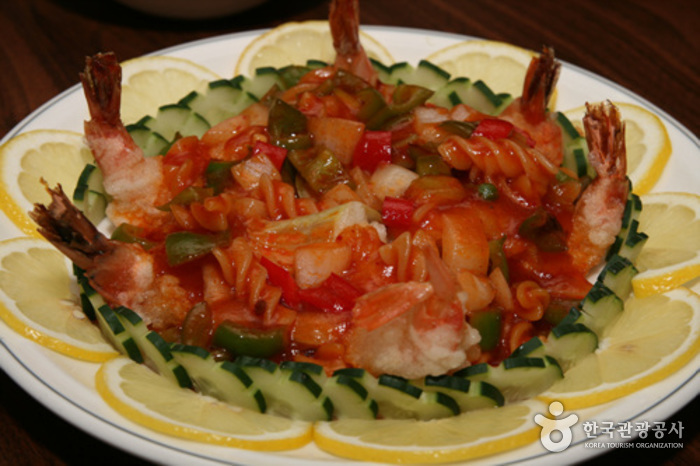
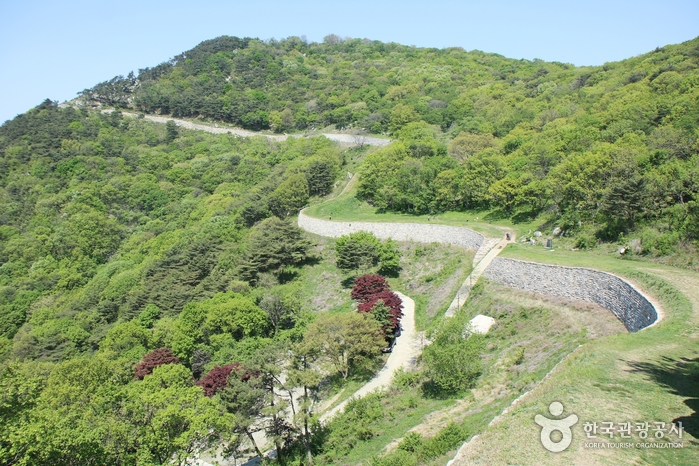
![Homeplus - Boryeong Branch [Tax Refund Shop] (홈플러스 보령)](http://tong.visitkorea.or.kr/cms/resource/20/2883520_image2_1.jpg)
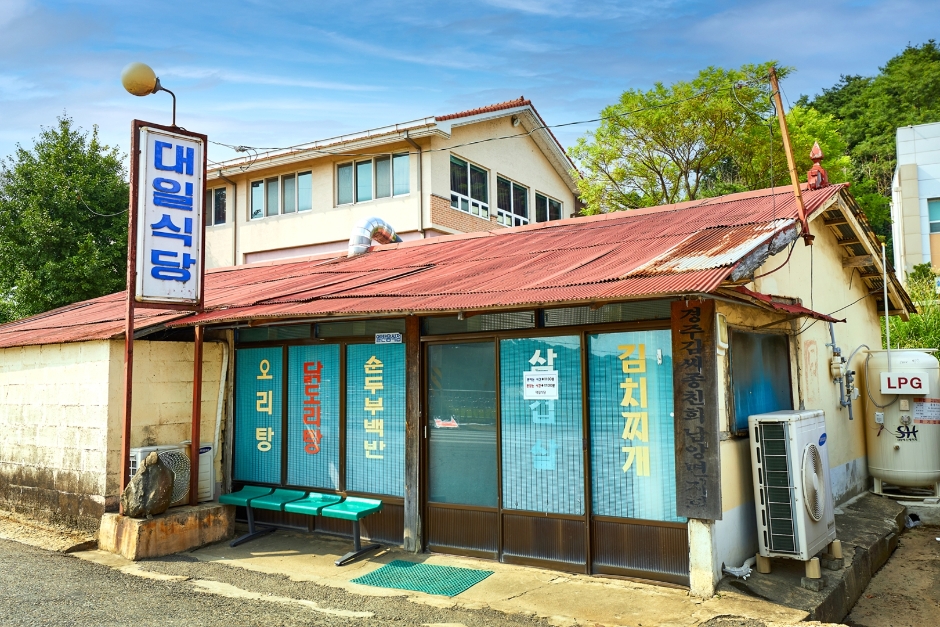
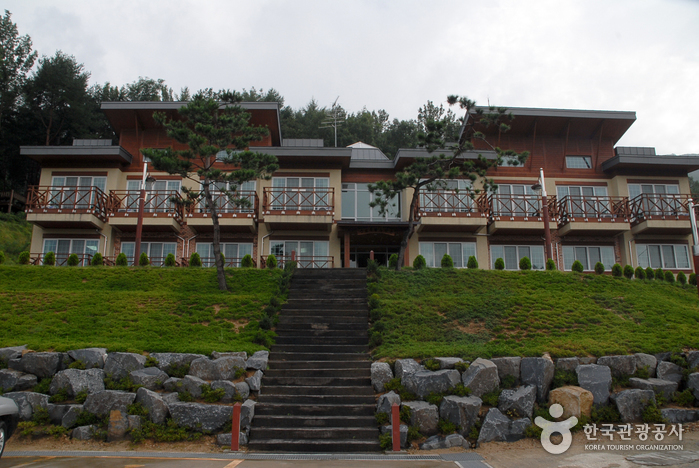
![Tonymoly [Tax Refund Shop] (토니모리)](http://tong.visitkorea.or.kr/cms/resource/22/2883522_image2_1.jpg)
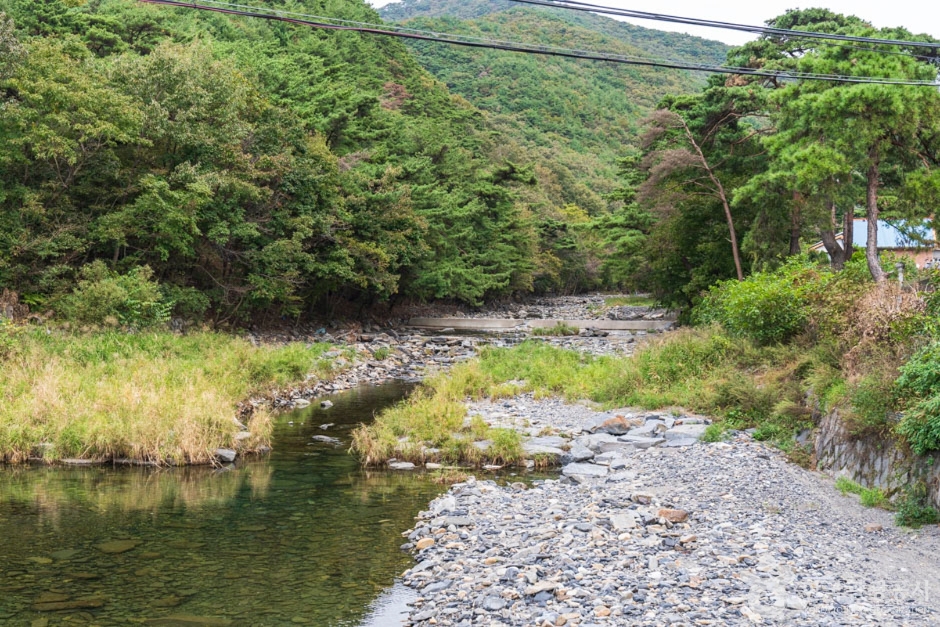
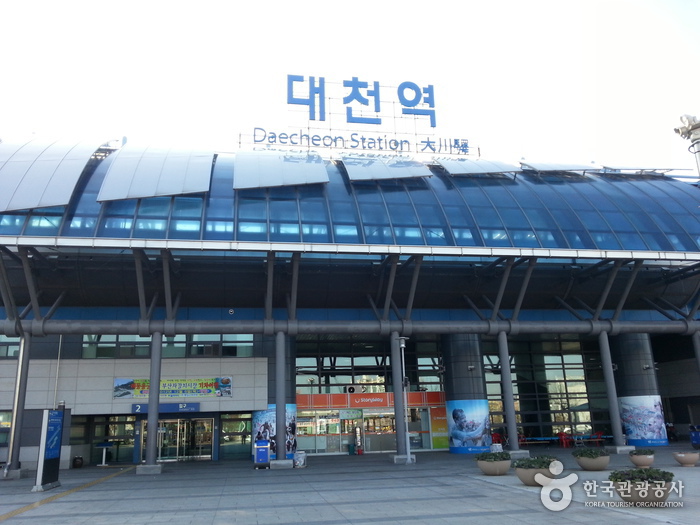
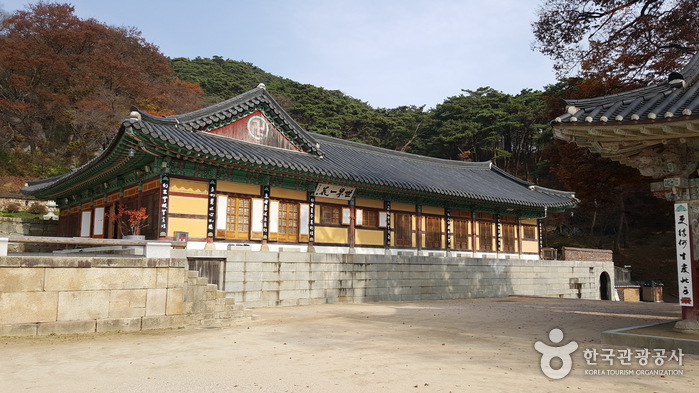
 English
English
 한국어
한국어 日本語
日本語 中文(简体)
中文(简体) Deutsch
Deutsch Français
Français Español
Español Русский
Русский